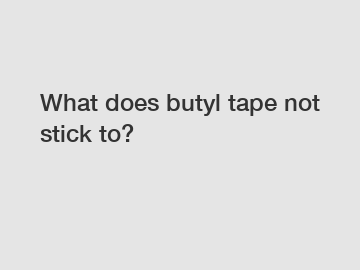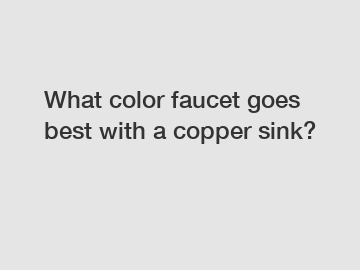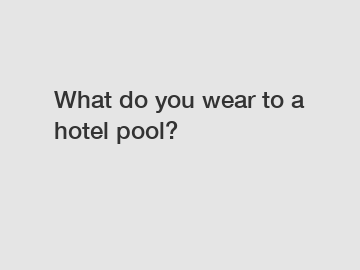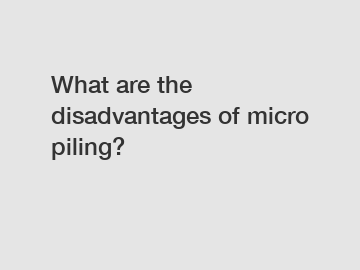What does butyl tape not stick to?
If you are in the construction industry or are an avid DIY-er, chances are you have come across butyl tape at some point in your projects. Butyl tape is a versatile adhesive tape that is commonly used for sealing joints in various construction applications. However, not many people are aware of the limitations of butyl tape and what it does not stick to. In this blog post, we will explore what butyl tape does not adhere to and why.
Butyl tape is known for its excellent adhesion to a wide range of materials, including metal, glass, wood, and plastic. It is commonly used for sealing roof seams, windows, doors, and other joints where a watertight seal is required. However, there are certain surfaces that butyl tape does not stick to as well as others. These surfaces include:
1. Silicone: Butyl tape does not adhere well to silicone surfaces. Silicone has a slick and non-porous surface that makes it difficult for butyl tape to stick to. If you are working with silicone materials, it is best to use a different type of adhesive or sealant.

2. Teflon: Teflon is another surface that butyl tape does not stick to very well. Teflon has a low coefficient of friction, which makes it a very slippery surface for adhesives to bond to. If you need to seal joints on Teflon surfaces, it is best to use a different type of sealant designed specifically for that purpose.
3. Polyethylene: Butyl tape also does not adhere well to polyethylene surfaces. Polyethylene is a common plastic material that is used in a variety of applications, but it is not compatible with butyl tape. If you need to seal joints on polyethylene surfaces, it is best to use a different type of adhesive or sealant.
4. Vinyl: Butyl tape may not stick well to vinyl surfaces, especially if the surface is smooth and non-porous. Vinyl is a synthetic material that is commonly used in construction, but if you need to bond butyl tape to vinyl, you may need to roughen the surface first to improve adhesion.
5. High-temperature surfaces: Butyl tape is not suitable for high-temperature applications. If you need to seal joints on surfaces that are exposed to high temperatures, such as exhaust pipes or ovens, it is best to use a heat-resistant sealant that is designed for those conditions.
While butyl tape is a reliable and versatile adhesive tape, it is important to be aware of its limitations and what surfaces it does not stick to. By understanding these limitations, you can ensure that your projects are completed successfully and that the joints are properly sealed for maximum durability and weatherproofing.
In conclusion, butyl tape is a valuable tool for sealing joints and creating watertight seals in construction applications. However, it is not suitable for all surfaces, and there are certain materials that it does not adhere well to. By knowing the limitations of butyl tape and choosing the right adhesive for your specific application, you can ensure that your projects are successful and that the joints are properly sealed for long-lasting performance.
I hope this blog post has been informative and helpful in understanding what butyl tape does not stick to. If you have any questions or would like to share your experiences with butyl tape, please feel free to leave a comment below. Thank you for reading!
Want more information on Visco Elastic Coating Tape, Pipeline Cold Wrapping Tape, Anticorrosion Pipeline Inner Wrap Tape? Feel free to contact us.
Related Articles









Comments